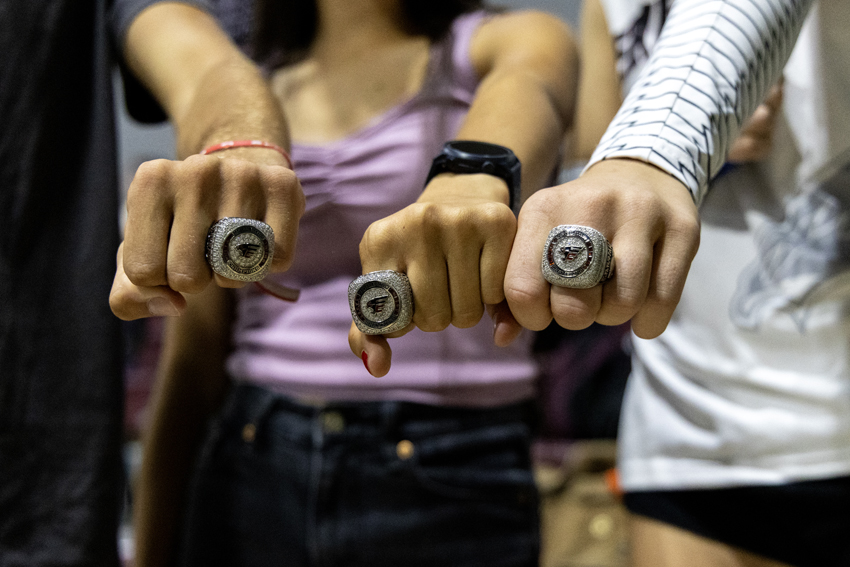In a physical science lab, students ignited a peanut with a matchstick to find how much energy, in calories, was contained within the average peanut, Nov. 20.
The project aimed to give a hands-on perspective to the scientific method. Despite many errors in the process, some experiments came close to finding the known value of 320 calories for 39 peanuts.
“It was cool and really interesting to do a hands-on lab because it was interesting how a peanut could burn so easily, I thought you would need to put some kind of liquid on it to burn it,” Ramandeep Singh, ’12, said.
The peanut was massed using a triple-beam balance before and after the temperature of the water taken in the aluminum can before and after the peanut was burned to quantify the amount of energy given off.
“The experiment was valuable because students reinforced their lab measuring and calculating skills as well as learned about different sources of error,” Bill McGowen, science teacher, said. “A part of finding sources of error was a built-in part of the process. Students were attempting to find the amount of energy given out by the peanut, but the point of the lab was the scientific process itself.”
The physical science class will move on to chemical reactions in the weeks to come.
“It smelled awful and the light was extremely bright,” sophomore Keonia Streeter said. The experience was amazing it taught me alot about finding calories and it gave me a new perspective on how fun science can be.”






